
Chinahasprovenitssuccessinpigcloning,astestresultsshowthenew-bornpigletsandsurrogatesowsaregeneticallyunrelated.Thetwosowsgavebirthto13pure-bredpigletsaftera110

Plant embryos have cells that function as a brain, a study published Tuesday by scientists at the University of Birmingham has revealed. The group of brain cells can assess environmental conditions and dictate when seeds will germinate, the researchers say.

Plantembryoshavecellsthatfunctionasabrain,astudypublishedTuesdaybyscientistsattheUniversityofBirminghamhasrevealed.Thegroupofbraincellscanassessenvironmentalcon

The brain has an amazing capacity for recognizing faces. It can identify a face in a few thousandths of a second, form a first impression of its owner and retain the memory for decades.

Thebrainhasanamazingcapacityforrecognizingfaces.Itcanidentifyafaceinafewthousandthsofasecond,formafirstimpressionofitsownerandretainthememoryfordecades.Centralt

Whenyoufeelparticularlyexhausted,itcandefinitelyfeellikeyouarealsolackinginbraincapacity.Now,anewstudyhassuggestedthiscouldbebecausechronicsleepdeprivationcanac

MITresearchershaveinventedanewtypeofworkoutmaterialthatcanbreatheusingbiologicalcells.Theproject,calledbioLogic,isessentiallya“breathableworkoutsuit”coveredinsm

ResearchersfromtheAustralianNationalUniversity(ANU)havedevelopedabreakthroughinallowingbraincellsto"growandformpredictablecircuits"inadevelopmentwhichcouldleadt
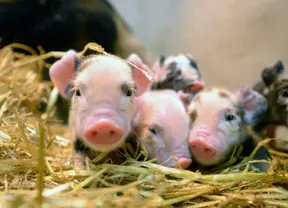
Last month, scientists announced that they’d created an unusual form of life. They started with pig embryos produced through in-vitro fertilization, then injected them with a few human cells, and then implanted them into sows, where they developed for three to four weeks. Most of the hundreds of embryos they created this way died, but 186 survived. For these, researchers reported, one of every 100,000 cells were human.
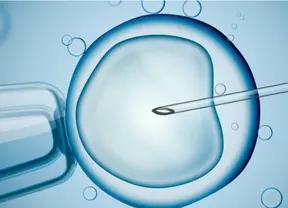
In the not-so-distant future, research suggests, eggs and sperm may no longer be needed to make a baby -- at least not in the traditional way.
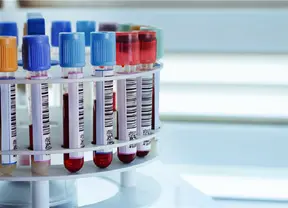
A new study led by researchers at the Stanford University School of Medicine indicates that profiling the genes of lung-tumor cells from patient blood samples may be a cheap, noninvasive way to help doctors choose the right treatments.
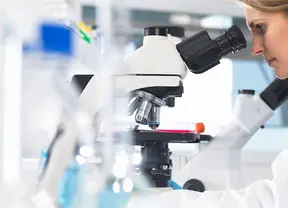
New Zealand scientists have unlocked the mystery of why so many cancer patients die of blood clots while undergoing chemotherapy in a study that might save lives.
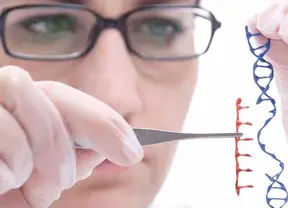
Scientists said Wednesday they have used a popular gene-editing tool to successfully fix a genetic mutation that causes sickle cell anemia, taking a key step toward a cure for the blood disease.
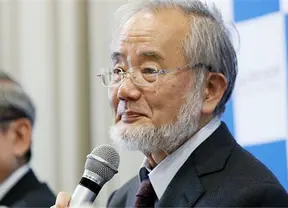
Yoshinori Ohsumi attends press conference at Tokyo Institute of Technology on October 3, 2016 in Tokyo, Japan. The 2016 Nobel Prize for physiology/medicine was awarded to Yoshinori Ohsumi of the Tokyo Institute of Technology for discoveries about autophagy - how the body breaks down and recycles cellular components.
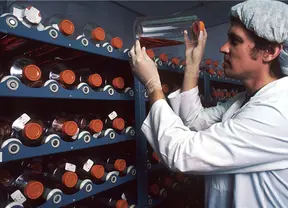
Stanford University researchers have mapped out how the human body creates antibodies of every class in the immune system, revealing that a diverse set of antibody-producing cells springs from the same kind of ancestor.
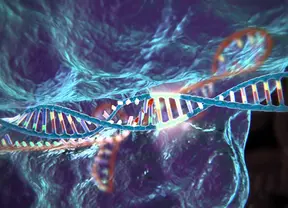
Chinese scientists will perform the world's first genetic editing trial on humans this month in an attempt to find a cure for lung cancer.